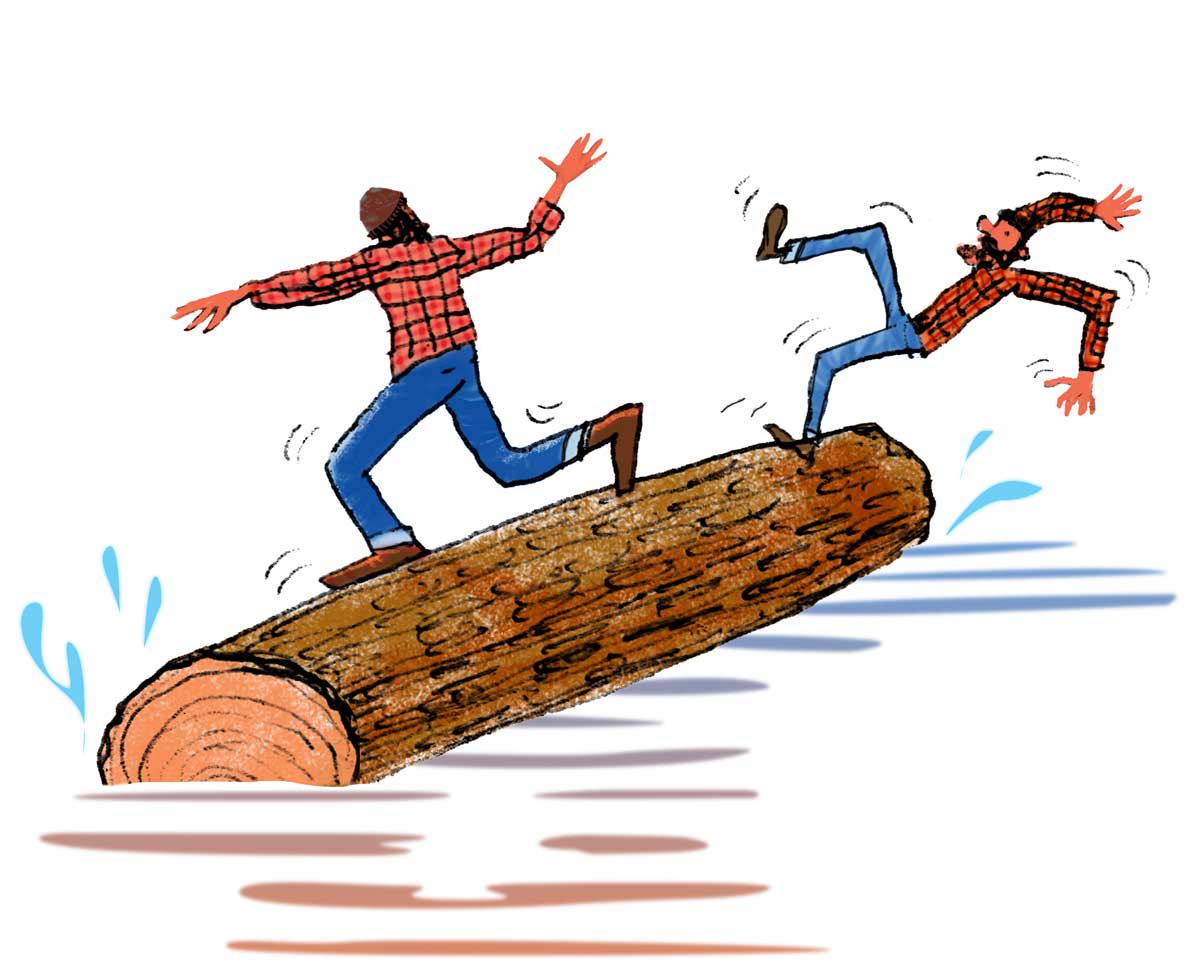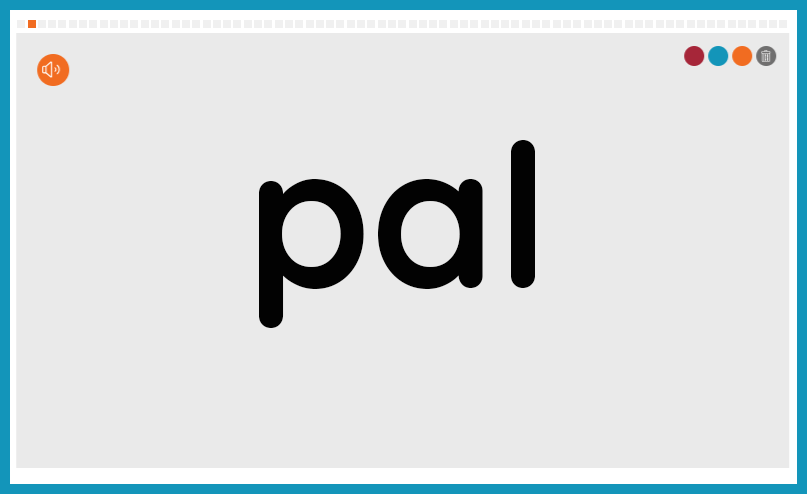
l
This consonant makes two voiced sounds. At the beginning of words and syllables, it says: /L/, /L/, /L/, log.
After vowels and at the end of words and syllables the voiced consonant says: /əL/, /əL/, /əL/, fell.
Look at this image and decide how it can help you remember the two sounds of consonant L.
At the beginning of words and syllables or after consonants, initial L says: /L/, /L/, /L/ log. The sound is made by moving the tongue to the roof of the mouth, just behind the teeth, and moving it down the back of the teeth. After a vowel, the second sound of consonant L is: /əL/, /əL/, /əL/, fell. This is made of two sounds.The first sound is created when the tongue changes from a vowel sound and arches to the palate.The second sound is made by pushing the tongue behind the upper front teeth.
- Printed lowercase “l” sometimes looks like uppercase “I”, and numeral “1”.
- This came about with the invention of printing.
- Typographers stripped these letters to make a single line which saved space, and required only one lead printing block instead of three.
- In Lexiaheroes, the consonant L sounds are indicated by capital letter L. (e.g. /L/, /bL/, etc.)
If the Learner needs to remember that consonant L is made up of two sounds when it follows a vowel, they may mark it with a little schwa below. This little schwa loosely indicates the transitional sound that is created when the tongue changes from the vowel sound and arches to the palate to make the consonant sound.
If this is not needed, the Learner can mark the L as other consonants—with a dot or dash below.

l